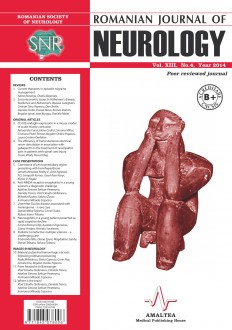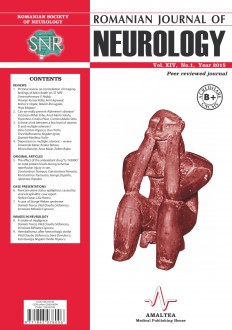SELECT ISSUE

Indexed

| |

|
|
|
| |
|
|
|

|
|
|
|
|
|
| |
|
|
HIGHLIGHTS
National Awards “Science and Research”
NEW! RJN has announced the annually National Award for "Science and Research" for the best scientific articles published throughout the year in the official journal.
Read the Recommendations for the Conduct, Reporting, Editing, and Publication of Scholarly work in Medical Journals.
The published medical research literature is a global public good. Medical journal editors have a social responsibility to promote global health by publishing, whenever possible, research that furthers health worldwide.
CAVERNOMA OF CERVICOMEDULLARY REGION PRESENTING WITH HEMIHYPESTHESIA
Umamaheswara V. Reddy, Amit Agrawal, N.S. Sampath Kumar, Gauri Rani Karur and Kishor V. Hegde
ABSTRACT
Medullary cavernomas only contribute to 5% of brain stem cavernomas, various clinical presentations for medullary cavernomas have been described like intractable hiccups, dysphagia, hemiparesis, anorexia nervosa and hemihypesthesia. Exact pathomechanism for developing sensory symptoms has not been described earlier. Pressure effects due to changing dynamics in this cavernous malformation resulting in mass effect over the traversing sensory tract fibers is the possible mechanism. Differentials of cavernoma should be considered for any case presenting with hemihypesthesia. Surgery should be done only when there is appropriate indication, as surgery itself causes significant morbidity.
Keywords: cavernoma, cavernous angioma, medulla oblongata, hemihypesthesia
Full text | PDF

